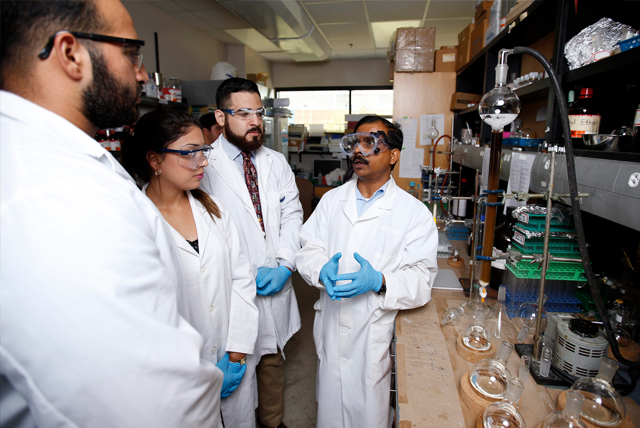Document Type
Article
Publication Date
10-27-2018
Abstract
The development of feasible synthesis methods is critical for the successful exploration of novel properties and potential applications of nanomaterials. Here, we introduce the molten-salt synthesis (MSS) method for making metal oxide nanomaterials. Advantages over other methods include its simplicity, greenness, reliability, scalability, and generalizability. Using pyrochlore lanthanum hafnium oxide (La2Hf2O7) as a representative, we describe the MSS protocol for the successful synthesis of complex metal oxide nanoparticles (NPs). Furthermore, this method has the unique ability to produce NPs with different material features by changing various synthesis parameters such as pH, temperature, duration, and post-annealing. By fine-tuning these parameters, we are able to synthesize highly uniform, non-agglomerated, and highly crystalline NPs. As a specific example, we vary the particle size of the La2Hf2O7 NPs by changing the concentration of the ammonium hydroxide solution used in the MSS process, which allows us to further explore the effect of particle size on various properties. It is expected that the MSS method will become a more popular synthesis method for nanomaterials and more widely employed in the nanoscience and nanotechnology community in the upcoming years.
Recommended Citation
Zuniga, J. P., Abdou, M., Gupta, S. K., & Mao, Y. (2018). Molten-Salt Synthesis of Complex Metal Oxide Nanoparticles. JoVE (Journal of Visualized Experiments), 140, e58482. https://doi.org/10.3791/58482
Publication Title
Journal of visualized experiments : JoVE
DOI
https://doi.org/10.3791/58482



Comments
© 2018 Journal of Visualized Experiments. Original published version available at http://doi.org/10.3791/58482.